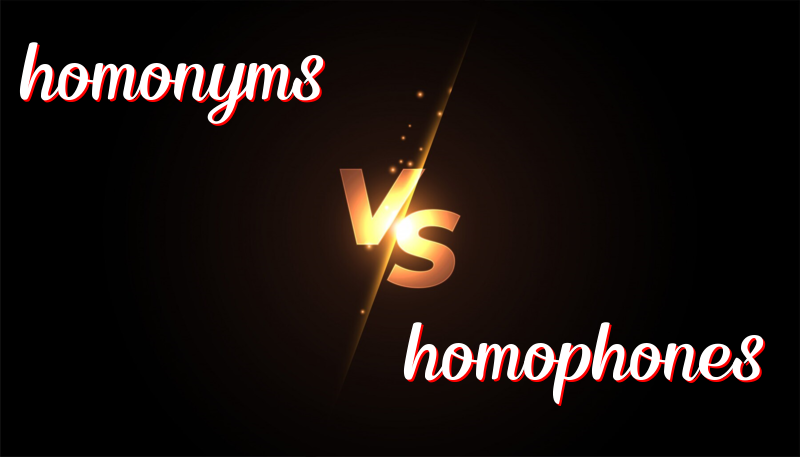Word Play: The Tale of Same-Same-but-Different
Difference Between Homonyms and Homophones
History of Homonyms and Homophones
Homonyms and Homophones are words that have been part of the English language for a long time. They come from old Greek words. “Homo” means “same.” “Nym” means “name,” and “phone” means “sound.”
How to Use Homonyms
Homonyms are words that look the same and sound the same but have different meanings.
- Bark: The dog likes to bark at strangers.
- Bark: The tree has rough bark.
- Bat: He hit the ball with a bat.
- Bat: A bat flew into the house at night.
- Wave: She gave a friendly wave.
- Wave: The ocean wave was very big.
How to Use Homophones
Homophones are words that sound the same but have different meanings and spellings.
- To: I am going to the store.
- Two: I have two apples.
- Too: I want to go too.
- Flour: We need flour to bake a cake.
- Flower: The garden has a red flower.
- Right: She turned right at the corner.
- Write: He likes to write stories.
Trick to Remember the Difference
Think of “nouns” for homonyms. They are names (or nouns) that look and sound the same but are different things. For homophones, think of the word “phone.” Phones help you hear things; homophones sound the same but are different words.
Summary
Homonyms: Same spelling, same sound, different meanings. Example: Bark (dog noise) and Bark (tree cover).
Homophones: Different spellings, same sound, different meanings. Example: To, Two, Too.
“`

Leave a Reply
You must be logged in to post a comment.